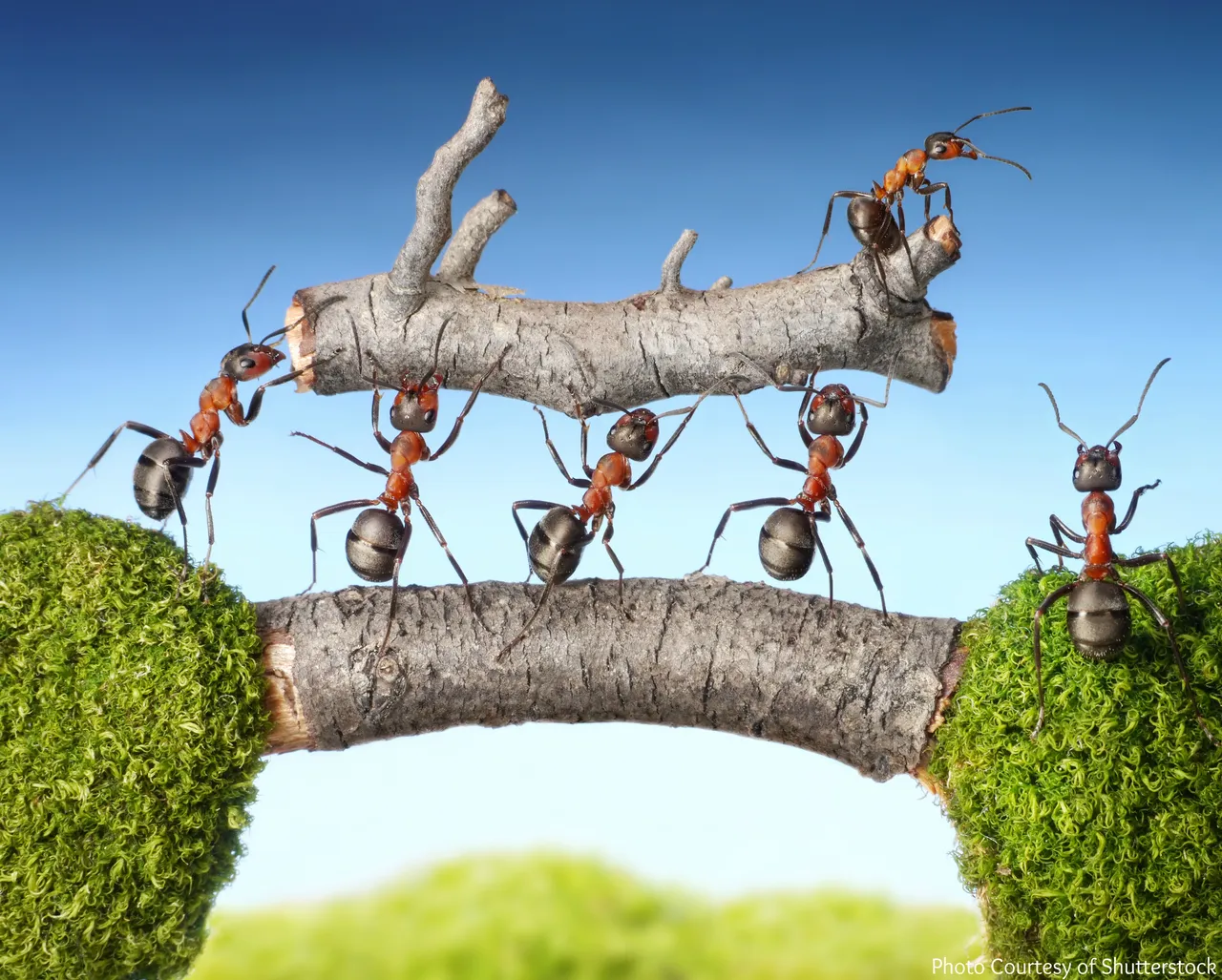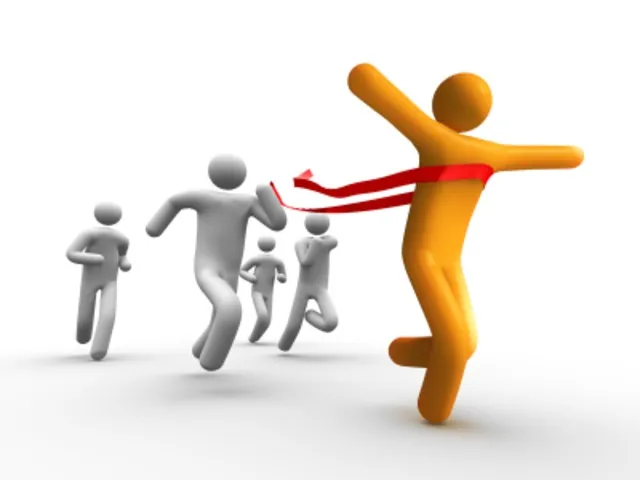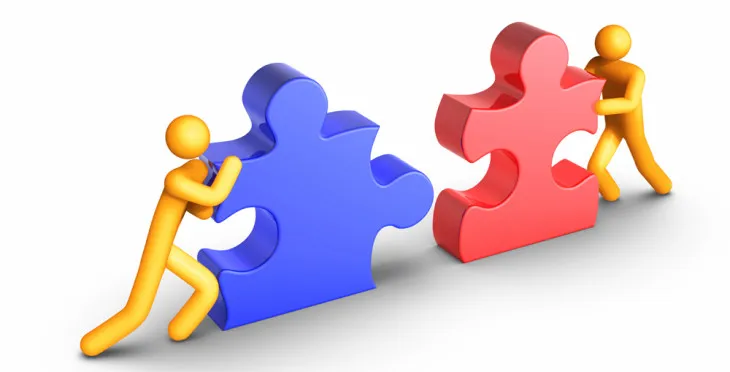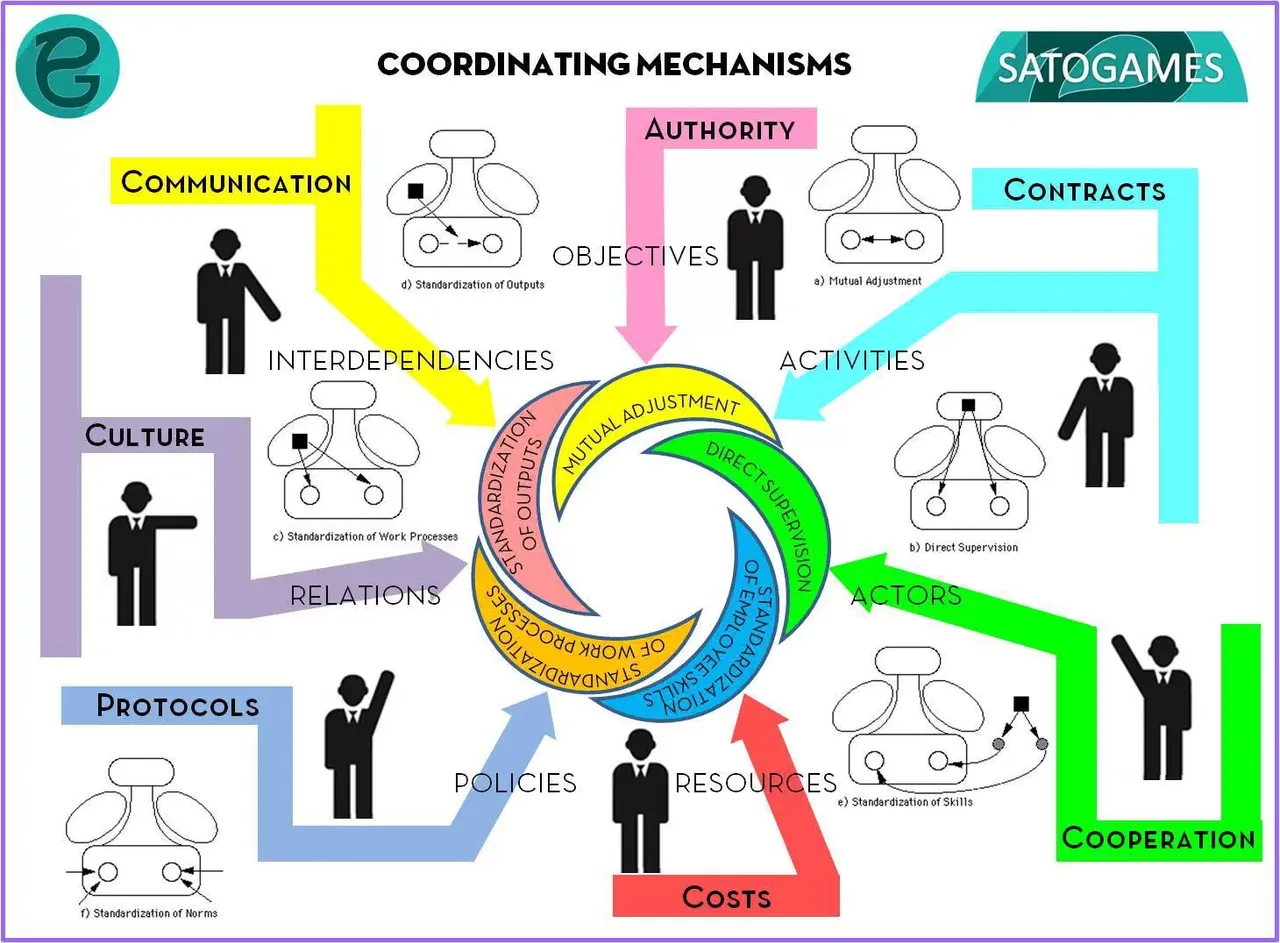Teamwork makes the dreamwork
Teamwork is the work done by several individuals where everyone does a part but all with a common goal. But to be considered as a team or cooperative work, the work must have an organizational structure that favors the joint development of the work and not that each of the members do a part of the work and put them together.
It is one of the psychological work conditions that most influences workers in a positive way because it allows for a companionship. It can give very good results, since it usually generates enthusiasm and produces satisfaction in the recommended tasks, which encourage an environment of harmony among the workers and obtain beneficial results.
In the work teams, rules are drawn up, which must be respected by all team members. They are rules of behavior established by the members of the same. These rules provide each individual with a basis for predicting the behavior of others and preparing an appropriate response. They include the procedures used to interact with others. The role of rules in a team is to regulate their situation as an organized unit, as well as the functions of individual members
The strength that integrates the team and its cohesion is expressed in the solidarity and sense of belonging to the team expressed by its members. The more cohesion there is, the more likely it is that the team will share common values, attitudes and norms of behavior
Working in a team is beneficial not only for one person but for the whole team involved. It will bring us more satisfaction and make us more sociable, it will also teach us to respect the ideas of others and help our colleagues if they need our help
Bases of teamwork
- Commitment
- Complementarity
- Trust
- Competition
- Communication
- Collaboration
Commitment
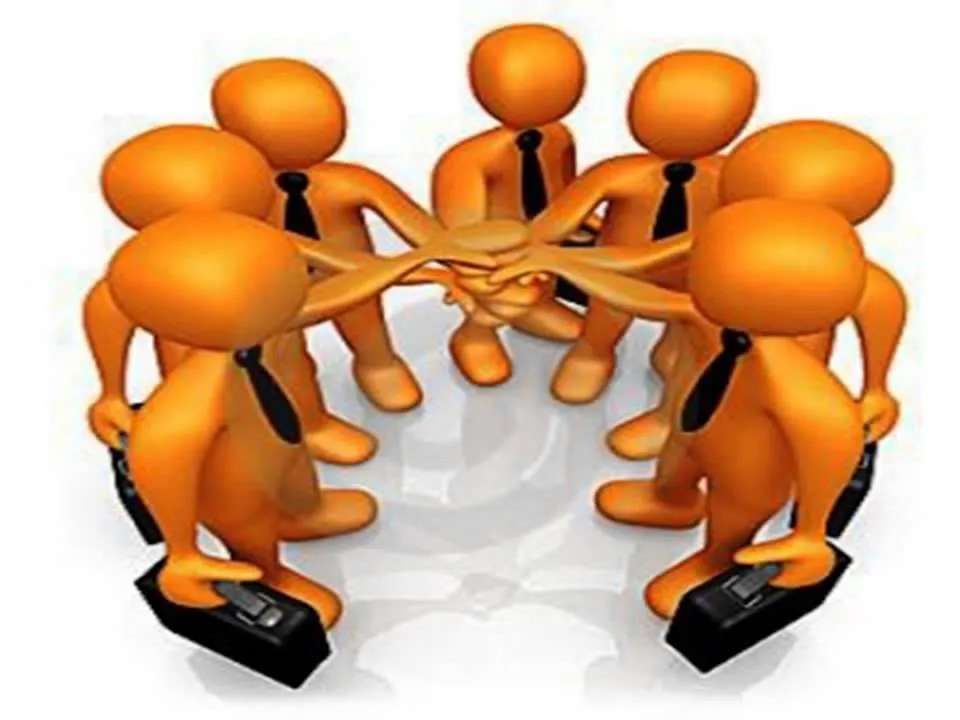
Concept: A formal agreement reached by two or more parties after making certain concessions each one of them.
Complementarity
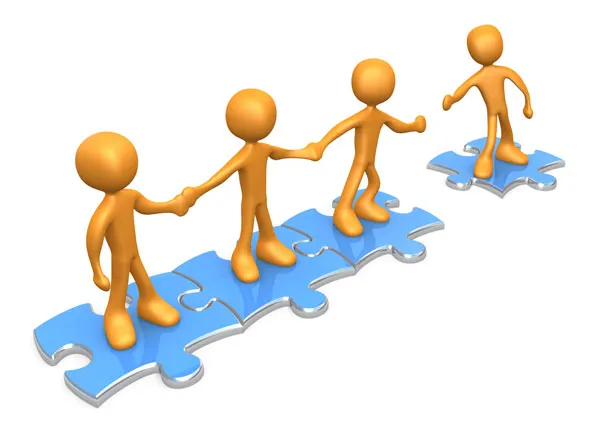
Knowing what each member of the team knows how to do well and taking it into account when distributing the functions and tasks in the team is the most important to reinforce the complementarity of the team.
Trust
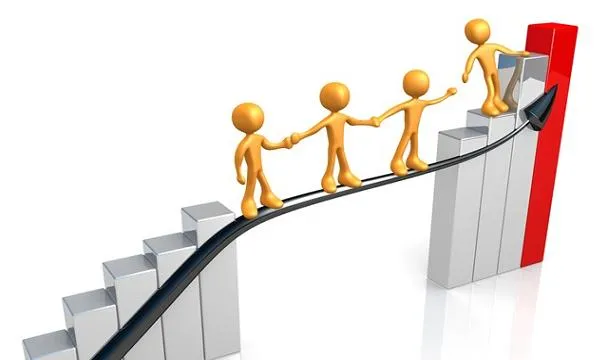
A successful team is built on a foundation of trust. Each member of the team must establish trust, cultivating it through their actions, their words and their work to maintain it. Each member also needs to be able to trust the members of their team to make a commitment to them and their goals, work competently with those goals in mind and constantly communicate about the problems that affect the team.
Competition
Team members must be confident that their teammates are competent and can efficiently complete tasks relevant to the success of the team. For example: each member of the team must be able to concentrate on the task assigned to them without worrying about the tasks assigned to their classmates. Each member of the team must realize when they need help and ask for it, instead of hiding the weaknesses from the rest of the group. When team members show vulnerability to their peers and they respond in an efficient and helpful manner, trust grows between them.
Communication
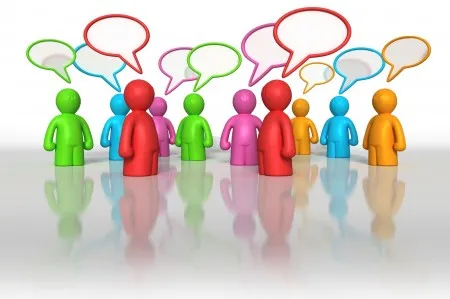
Constant and meaningful communication is necessary for a relationship of trust within the team. For example: if a team member completes an assignment early, they should communicate it to their teammates and ask if they can help someone else with their part of the work. If a team member discovers vital information that is relevant to the team's success, such as a deadline change or lack of resources, you should communicate it to others as soon as possible. People who work in virtual teams need to make an effort to keep all the members inside. For example: an email addressed to one or two team members is not enough; instead, a group email or the use of an online collaboration tool is necessary to communicate with everyone. Those who receive communication from other team members should always respond to confirm that they have received the information and maintain trust.
Collaboration
True collaboration does not happen without a sense of trust among team members. When team members collaborate, they share creative ideas without fear of another member of the team getting credit for their ideas. A team member who feels they are in an environment of trust may be more willing to express their concerns regarding the objectives of the team or its members. A collaborative and trustworthy team allows its members to share personal information and develop a stronger link between them.
Coordination Mechanisms
The structure of the organization can be defined as the set of all the ways in which work is divided into different tasks, then getting the coordination of them.
This image below visually represents the entire organization for excellent teamwork.
They can be considered as the fundamental elements of the structure because they hold the organization together.
